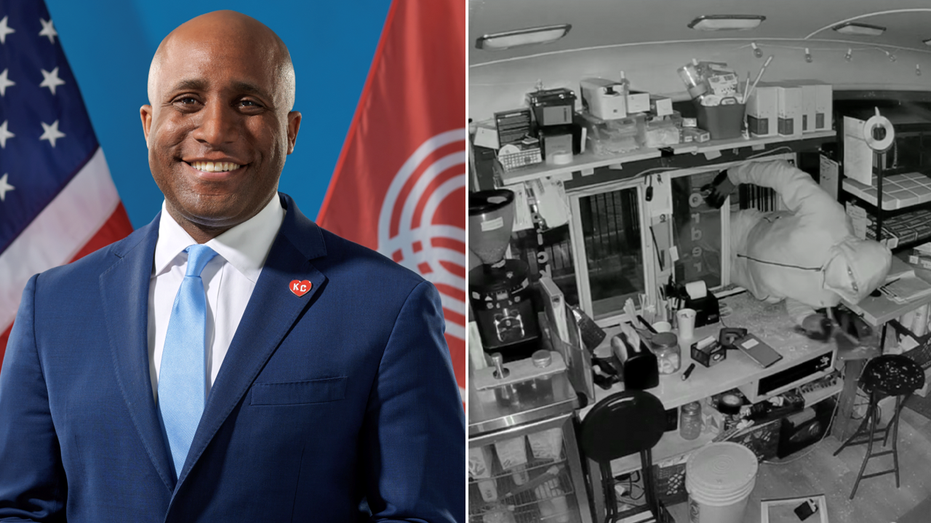Business Owners Criticize 'Weakened Leadership' as Blue City Ranks Among America's Most Dangerous Areas
Kansas City business owners mobilize to combat rising crime amid city inaction.

Kansas City, Missouri business owners are voicing increasing frustration over what they describe as an inadequate city response to escalating crime in the downtown area. Many say that repeated break-ins, thefts, and vandalism have forced them to take matters into their own hands, leaving some to question the effectiveness of local leadership and law enforcement.
The concerns come amid troubling statistics for the city’s safety. Kansas City was ranked the eighth-most dangerous city in the U.S. in 2024, based on its rates of homicide and property crime. While the city’s position on national danger rankings has slightly improved, residents report a persistent climate of unease. The Kansas City Police Department has already recorded 61 homicides in 2025—up from 52 during the same period last year. Additionally, property crimes have surged by over 30% since 2019, intensifying the sense of vulnerability among local businesses and residents.
Andrew Cameron, who owns and operates the popular Donutology shops throughout the city, described the situation as "crime in Kansas City being at an all-time high as far as we're concerned." Within the past year, his stores have suffered multiple break-ins. In one instance, thieves stole a safe containing cash. At another location, the front door was violently kicked in, although nothing was taken. Surveillance footage shows masked individuals executing these crimes with apparent impunity, underscoring the challenge for small businesses struggling to endure repeated losses.
Cameron expressed disappointment in the city’s support programs, pointing out that while funds are available to repair physical damage, they do not compensate for stolen goods or merchandise. "When we’re selling doughnuts at a couple dollars each, losing thousands of dollars is a devastating setback," he explained. High insurance deductibles often mean small businesses are left to shoulder most of the burden themselves, a situation Cameron says has forced many to question their future in the area.
The challenges are not limited to retail. Attorney Suzanne Hale-Robinson notes that her office building has seen an exponential increase in vehicle break-ins over the past six to nine months. In one particularly disturbing incident, a trespasser spent several days squatting in an upstairs office before stealing laptops. "We’ve had to hire private security out of our own pockets because we couldn’t get a response from the city," she said, adding that police rarely show up after incidents, leaving business owners to file reports themselves. The lack of immediate police presence, she argued, removes any credible deterrent for criminals targeting downtown properties.
Beyond the immediate impacts on business, some, like Hale-Robinson, also point to broader factors driving the rise in crime. She emphasized that many perpetrators are homeless individuals committing so-called "crimes of desperation," which underscores the need for comprehensive solutions that address both law enforcement gaps and social services. "There’s blame to be placed on city government for how we’re handling the underlying issues—not just on those individuals committing the crimes," she said.
The pressure has drawn a response from city officials, with Kansas City Mayor Quinton Lucas proposing $1 million in new funding to increase off-duty police patrols in high-crime neighborhoods. Critics remain skeptical, however, arguing that the city’s efforts thus far have been reactive and insufficient. As the city continues to reckon with crime and its impact on the local economy, many business owners say they will continue to take extraordinary measures to protect their livelihoods—hoping that more lasting solutions are on the horizon.




